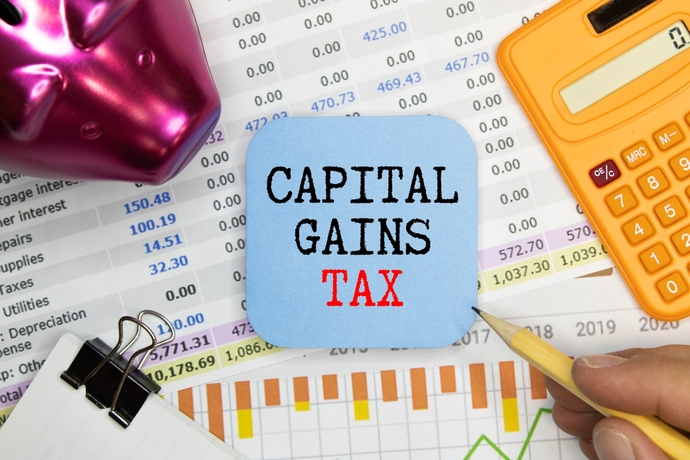
Out With Private Equity and In With Syndication
Private Equity vs. Real Estate Syndication
Real estate syndication and private equity are similar investment models, in that they both accept funds from multiple investors to fund a real estate project (like a long-term rental holding or a new construction development).
But, while private equity deals are contained to a small group of wealthy elites, syndication offers these deals to the general public, making investments more accessible to everyday investors. Syndication is often used synonymously with the term “real estate crowdfunding,” which many investors are more familiar with.
Over the last few years, private equity has struggled compared to crowdfunding/syndication. In 2023, the aggregate exit value of private equity investments was down 23.5% compared to 2022 (and down 72% from 2021). Real estate crowdfunding/syndication, on the other hand, is projected to grow by an average rate of 36% per year through 2027.
Why Private Equity is Losing Ground
So why is private equity declining while syndication is growing? Here are a few reasons:
- Lack of transparency. Private equity deals are often agreed to with a handshake behind closed doors. By definition, private equity deals are not public, so the Securities and Exchange Commission (SEC) does not hold them to the same reporting requirements as public investments. Additionally, private equity deals are often offered as whole fund, rather than deal-by-deal. This means that investors buy into a portfolio of properties rather than choosing the specific assets they want to be part of. Many investors are moving away from this type of shadowy deal into investment structures with greater financial transparency.
- Smaller investor pool. Because private equity deals cannot be marketed to the public, they rely on existing relationships between investors and their investment brokers. With so few investors to contribute funding, each investor must cover a higher share of the upfront financial cost.
- Less adaptive structure. Private equity managers seem to be having a hard time adjusting to the higher interest rates and lower inventory of the 2024 housing market.
Why Real Estate Syndication is Gaining Ground
Now, how is real estate syndication growing when faced with the same housing market conditions as private equity? Here are a few key reasons:
- Accessible investment platforms. User-friendly platforms make it easy for investors to find and compare investment opportunities.
- Lower minimum investment amounts. With a deeper pool of investors available, syndication projects can bring more people into a deal, which reduces the minimum investment amount for participants.
- Innovative investment models. Syndication firms are highly adaptive and able to respond appropriately to changing market conditions. For example, in response to skyrocketing housing costs, smart syndication firms have shifted to in-demand affordable housing solutions, including Section 8 housing, build-to-rent homes, and multi-family developments with a focus on shared living layouts for those with multiple roommates.
- High level of transparency. Real estate syndication offers deal-by-deal investing, which allows you to choose the specific project(s) you wish to invest in. Projected financials are shared with investors before they contribute funds to the project.
- Beginning-to-end service. The syndication sponsor takes care of every aspect of the deal for you, from vetting potential properties to overseeing construction and selling the completed property. This beginning-to-end service results in completely passive returns for investors.
How to Invest in Syndication
Investing in syndication is easy:
- Sign up with a real estate syndication company.
- Get verified as an accredited investor.
- Choose your investment project(s).
- Wire your funds.
- Track the progress of your investment(s)!
Whether you’re looking to move away from the private equity sector, or you’re simply looking for an affordable way to invest in professionally managed deals, real estate syndication may be a good fit for you!








